Expansion of Trade Agreements
The Sea Based Vehicle Carrier Market is poised for growth due to the expansion of trade agreements among nations. These agreements facilitate smoother trade relations and reduce tariffs, encouraging the movement of goods, including vehicles, across borders. As countries engage in more trade partnerships, the demand for efficient maritime transport solutions is expected to rise. In 2025, the number of active trade agreements is projected to increase, further boosting the need for sea-based vehicle carriers. This trend not only enhances market opportunities for carriers but also encourages investment in fleet expansion and modernization. Consequently, companies that strategically position themselves in these emerging markets may experience substantial growth.
Regulatory Compliance and Safety Standards
The Sea Based Vehicle Carrier Market is significantly influenced by regulatory compliance and safety standards. Governments and international organizations are implementing stringent regulations to ensure the safety of maritime transport. Compliance with these regulations is essential for carriers to operate effectively and avoid penalties. In 2025, it is estimated that the costs associated with meeting these safety standards will account for a substantial portion of operational expenses for carriers. However, adherence to these regulations can enhance a company's reputation and reliability, attracting more clients. Furthermore, the focus on safety is likely to drive innovation in vessel design and operational practices, as companies seek to exceed regulatory requirements and improve overall safety performance.
Technological Innovations in Vessel Design
Technological advancements are reshaping the Sea Based Vehicle Carrier Market, particularly in vessel design and construction. Innovations such as the integration of automation and advanced materials are enhancing the efficiency and safety of vehicle carriers. For instance, the introduction of smart shipping technologies allows for real-time tracking and monitoring of cargo, which is crucial for maintaining the integrity of transported vehicles. Additionally, the development of eco-friendly vessels, which utilize alternative fuels and energy-efficient designs, is becoming increasingly prevalent. These innovations not only reduce operational costs but also align with the industry's shift towards sustainability. As a result, companies that adopt these technologies are likely to gain a competitive edge in the market.
Increasing Demand for Efficient Transportation
The Sea Based Vehicle Carrier Market is experiencing a surge in demand for efficient transportation solutions. As economies expand, the need for transporting vehicles across oceans has intensified. In 2025, the market is projected to grow at a compound annual growth rate of approximately 4.5%. This growth is driven by the automotive industry's increasing reliance on maritime logistics to reach international markets. The efficiency of sea transport, compared to air freight, offers significant cost savings, making it an attractive option for manufacturers. Furthermore, the rise of e-commerce has led to a greater need for reliable shipping methods, further propelling the demand for sea-based vehicle carriers. As a result, companies are investing in larger and more advanced vessels to meet this growing need.
Rising Consumer Preferences for Imported Vehicles
Consumer preferences are shifting towards imported vehicles, significantly impacting the Sea Based Vehicle Carrier Market. As consumers increasingly seek diverse automotive options, the demand for international vehicle transport is on the rise. In 2025, it is anticipated that the volume of vehicles transported via sea will increase by approximately 6%, driven by the growing popularity of foreign brands. This trend is particularly evident in emerging markets, where consumers are eager to access a wider range of automotive products. As a result, vehicle manufacturers and dealers are likely to rely more heavily on sea-based carriers to meet this demand. This shift not only presents opportunities for carriers but also necessitates improvements in logistics and supply chain management to ensure timely delivery.


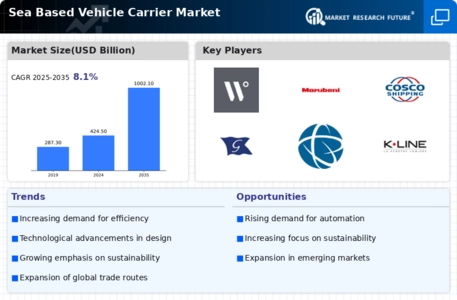
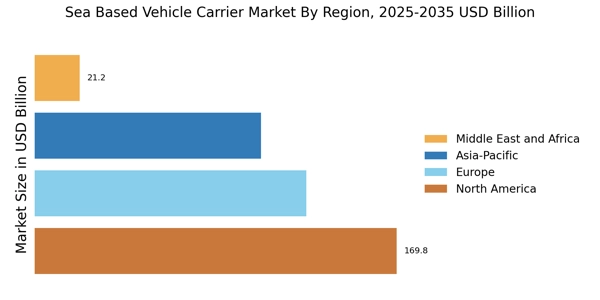
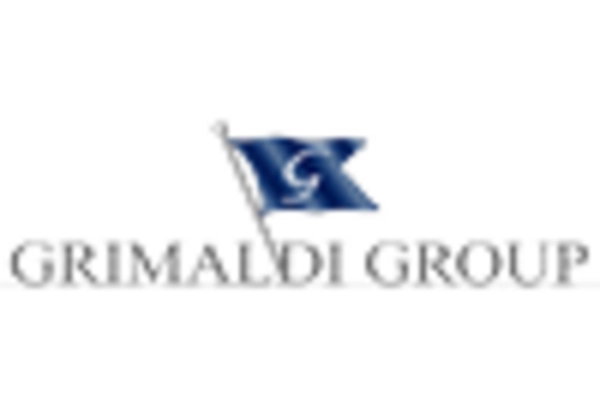

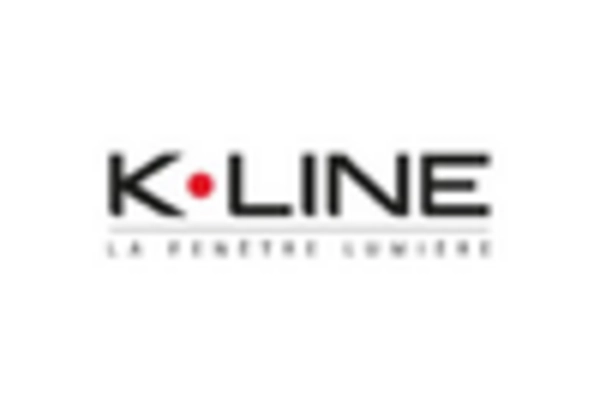
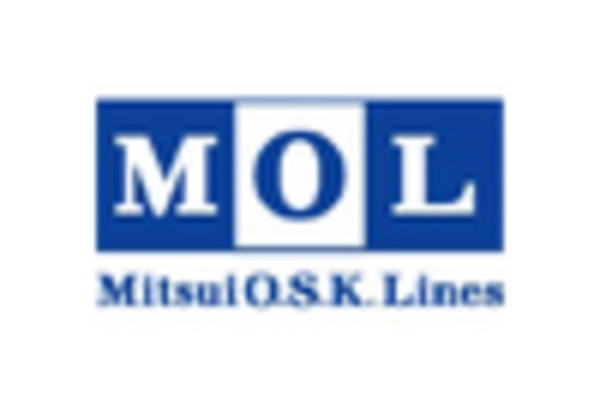
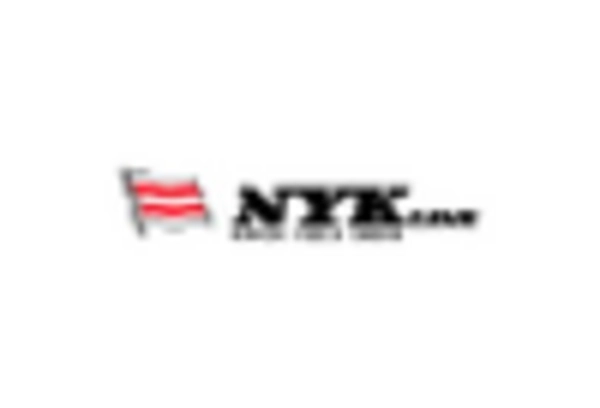









Leave a Comment